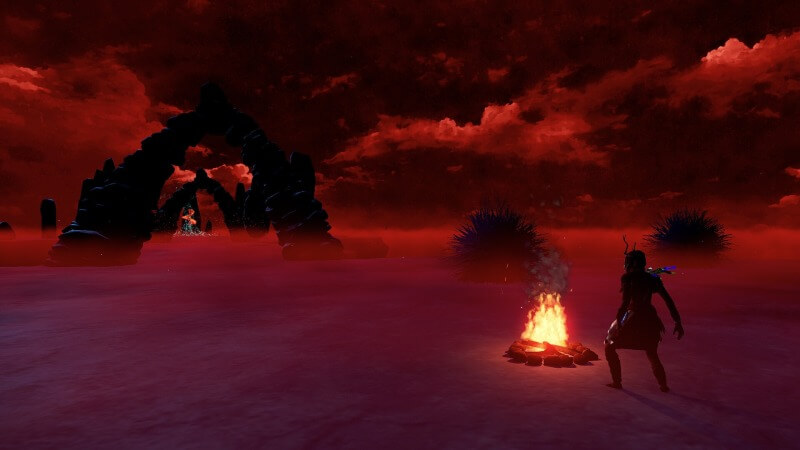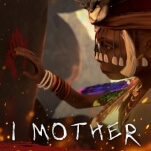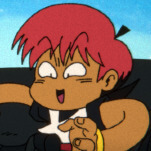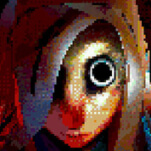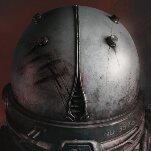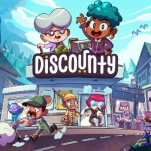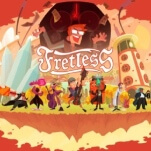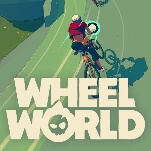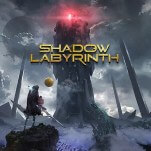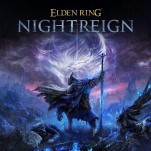I Mother Stretches for Fundamental Human Questions and Provides Humdrum Video Game Answers
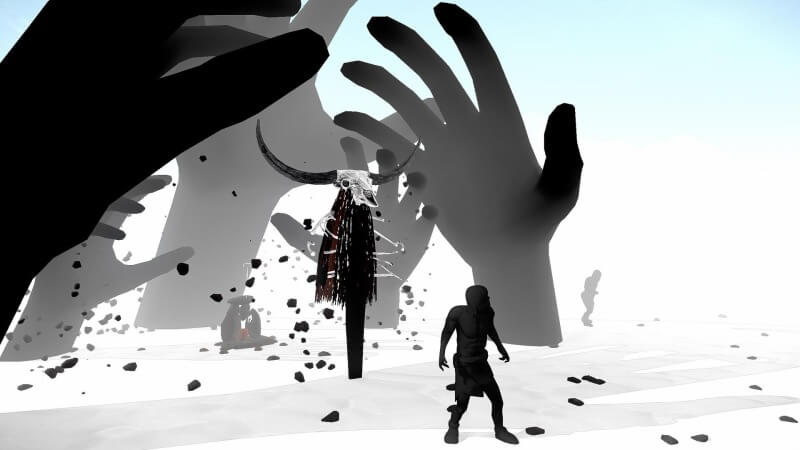
At the core of I Mother are ideas which rattle around human consciousness. The exact origins of language, of sapience itself, are fuzzy and indistinct. Scientists and lay people debate and analyze how and whether dolphins speak. The evolutionary leap from animal communities to what we might controversially call civilization is still unclear. Our prejudices concerning prehistory showcase our biases about humanity now. In depicting the daily life of an ancient Neanderthal woman, I Mother’s ambitions span the whole of human consciousness. It aspires to be like the hand print on the cave wall, an intimate, human span which still underlines the differences between our lives. But its design is burdened with all-too-modern conventions and contrivances. L. P. Hartley once said, “The past is a foreign country.” Yet I Mother feels as bland as an undecorated apartment kitchen.
Still, let’s start with what makes I Mother’s premise so intriguing. It’s an action-adventure game based on the earliest period of human history, where you play a Neanderthal trying to make her way back to her fledgling community. Beyond an introductory note, the game features no language at all. Its protagonist speaks in grunts, cries, and gestures. Its UI is carved with glyphs and symbols, the immediate meaning of which are not apparent. In concept, I Mother tosses you into a profound wilderness without even the haven of language to hide your self in. In its best moments, it asks you to both interpret and embody.
Yet, consider how many games rely on sets of symbols. The sigils on door in Hades represent the awards that await you in the next room. Endless icons, often unique to a particular game, populate open world maps. Video games have their own internal speak, which players either know from other games or which they must learn alongside the rules of play. So the mere inclusion of these symbols doesn’t equate to a meaningful or provocative design. I Mother doesn’t so much place the player in a foreign time and place, so much as it drapes that ancient world over a conventional video game structure.
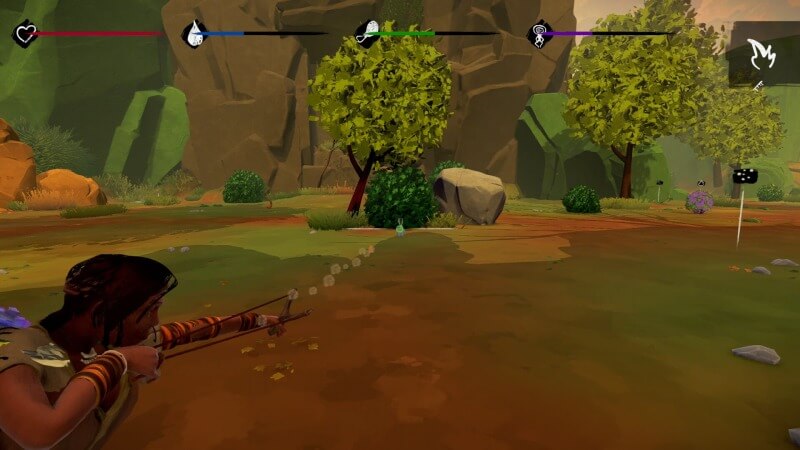
I Mother’s principal influences are not other games which deal in language, like Heaven’s Vault or First Land, but cinematic, prestige games like Hellblade and God of War. It borrows their sweeping camera work with single takes and seamless transitions back into play. Your tools start lean and the game introduces its systems (and the relevant symbols) at a careful pace. You grow more powerful and there are systems for losing progress in any permanent way. Its survival subsystems are lightweight, a subsystem which wrinkles, not subverts, its otherwise conventional adventure puzzles. The protagonist scrambles over rocks and climbs across cliff-sides, but in the same manner as Nathan Drake, with forward paths clearly marked with yellow vines.
-

-

-

-

-

-

-

-

-

-

-

-

-

-

-

-

-

-

-

-

-

-

-

-

-

-

-

-

-

-

-

-

-

-

-

-

-

-

-

-

